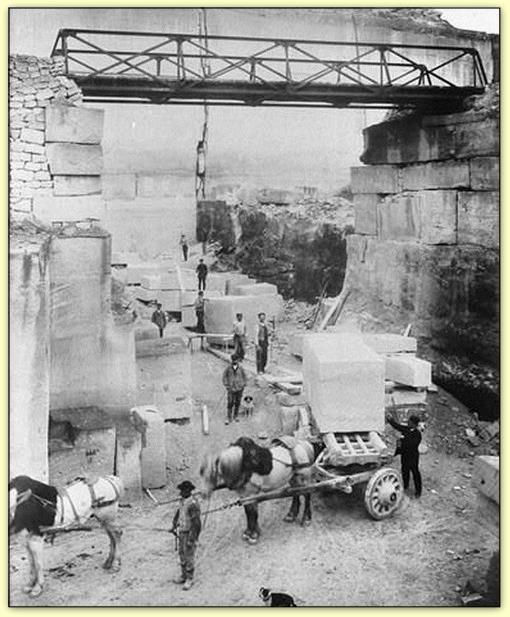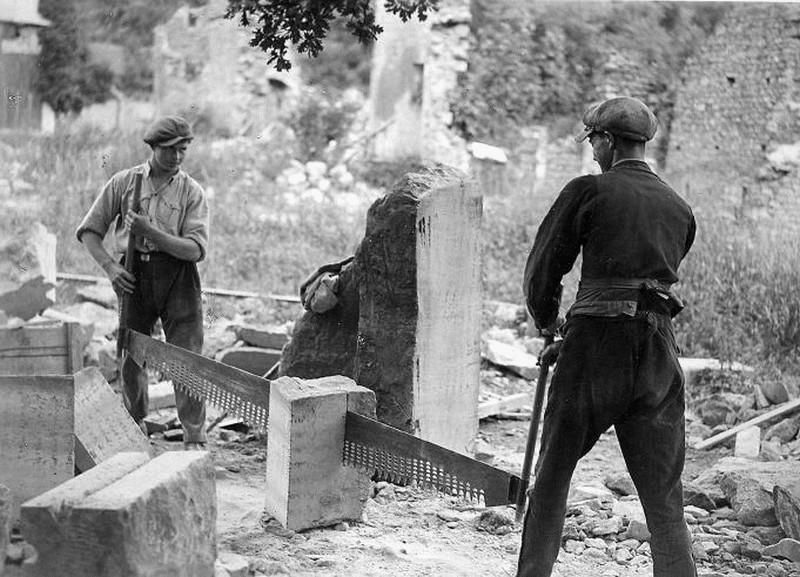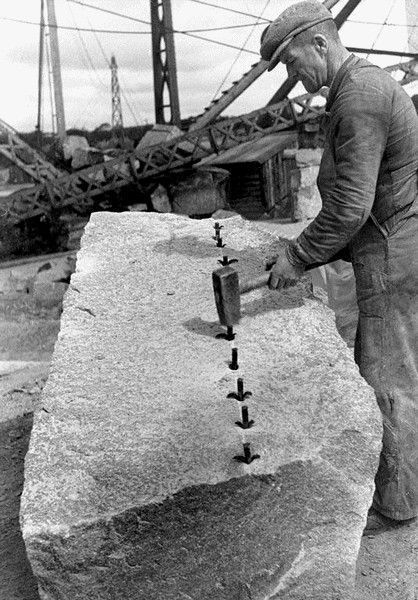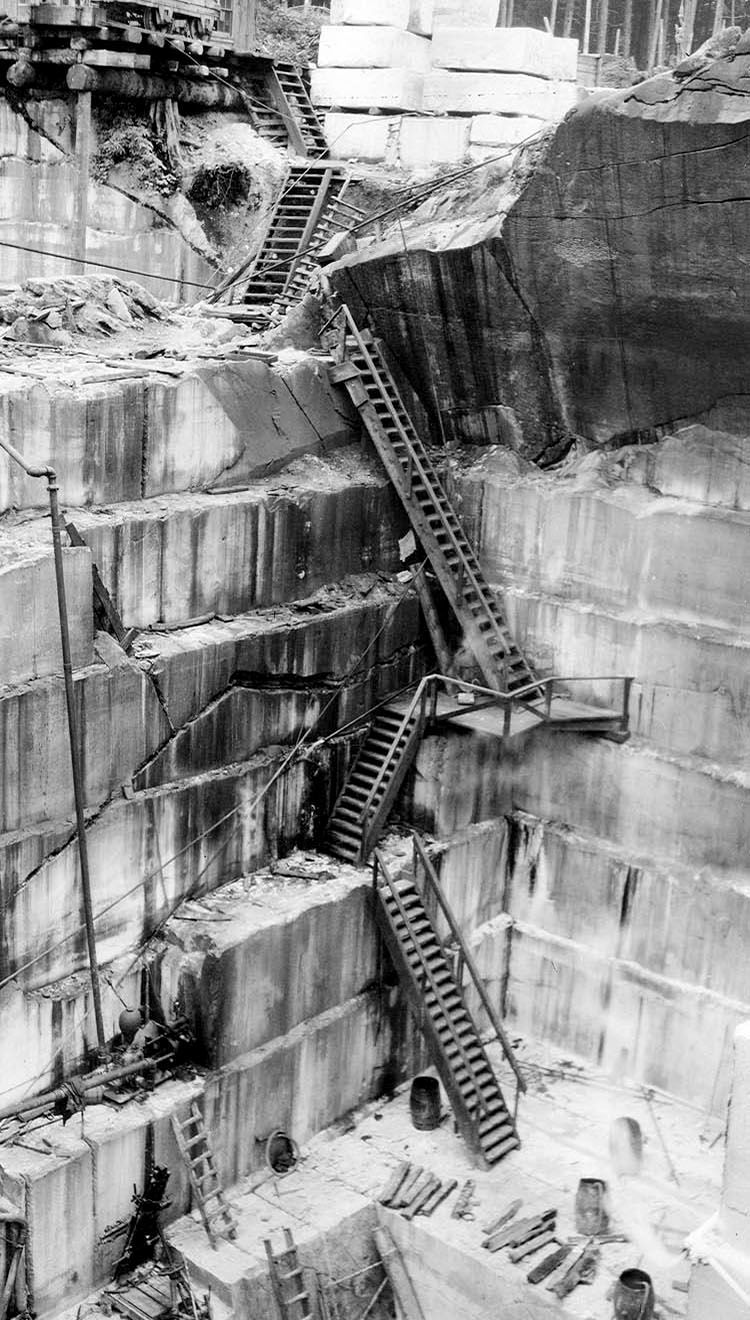Post By: Camila da Paz

Seventy-five years before Californians struck gold, Vermonters tapped a mother lode of something almost as valuable: Marble. The Dorset marble seam, which protruded like snowbanks in places, ran from the state's southwest corner to the Canadian border.
The country's first commercial marble quarry was opened in South Dorset by Isaac Underhill in 1785 on the land of Reuben Bloomer. Over the next 130 years, quarries in what came to be known as the Marble Valley (located on the slopes of Dorset Mountain and Mt. Aeolus) delivered blocks of white stone for headstones, lintels, hearths and countless civic buildings, such as the Lincoln Memorial, the New York Public Library, the library of Brown University, and Memorial Continental Hall of the Daughters of the American Revolution in Washington, D.C. Several mansions on New York City's 5th Avenue were all built of Dorset marble, and many bank buildings across the land were graced by interiors lined with polished Dorset marble, some of which was attractively streaked or tinted with green or bluish colors.

Although marble was the jewel in the crown of Dorset's history, other industries flourished as well and a new element entered the life of Dorset in the 1870s when the marble industry was approaching its peak. The quiet town with marble sidewalks was discovered by summer visitors who boarded at private homes and farms for a couple weeks or a month at a time. First there was the clergymen and their families, then the nature lovers attracted by the earthly beauty of the area, then the artists and writers who drew fresh inspiration from the vistas on every side.
Today the marble quarries are but swimming holes in the village of Dorset, for which the seam of white stone was named, but broad marble sidewalks still line Route 30 as it passes through the cluster of white clapboard buildings at the center of town. The prosperity of the quarrying days has been revived by skiing and snowboarding, and Dorset's population is edging back to its 1870s peak of 2,200.

Less than 100 miles north, we find the oldest American quarry still in operations. This time granite quarry. Rock of Ages is a company that started quarrying granite in 1880 and it’s been excavating the same site in Barre ever since. Called a deep hole dimension quarry, it’s a large cavernous hole and nearly 600 feet deep. The Barre granite is a beautiful solid grey stone. Natural seams in the rock run horizontally and where groundwater seeps out it stains the granite a dark color, making streaks that trail down towards the bottom where they meet with the upwell of opaque turquoise water.

Back in the days, the granite was too hard and heavy to be quarried, so commerce remained localized until the railroad came through Barre in the second half of the 1800s. In the last decades of the 19th century and early years of the 20th century, people came from all over the world, seeking jobs. Northern Italians arrived with lots of experience cutting marble and granite. Finns, Norwegians, Spanish and the French Canadians came as well, and they brought not only their stonecutting skills they brought their foods and they brought their cultures.
As many as 3,500 men worked in the quarries in Barre by 1900, and the same number toiled in the nearby factories. In 1900 there were close to 70 quarriers and more than a hundred manufacturers. But, over the years, the industry has consolidated. And today, Rock of Ages is the only quarrying operation in Barre. A couple dozen manufacturers remain.

Ninety years later, Vermont schoolchildren and families from around the country head to the section of Barre known as Graniteville to gape at the open quarry and try their hands at sandblasting granite trivets so they can take home their own piece of Vermont geology and history.


留言